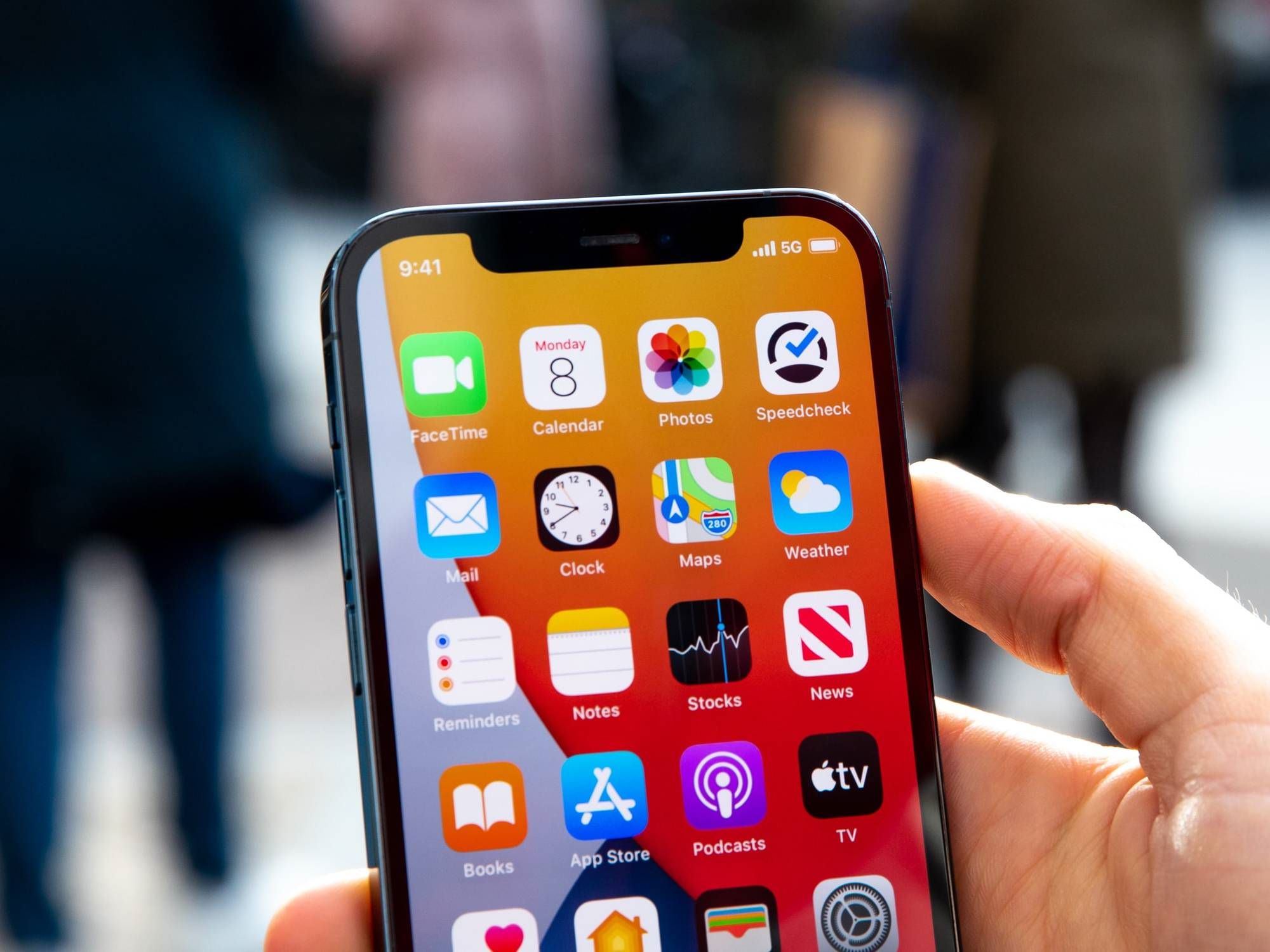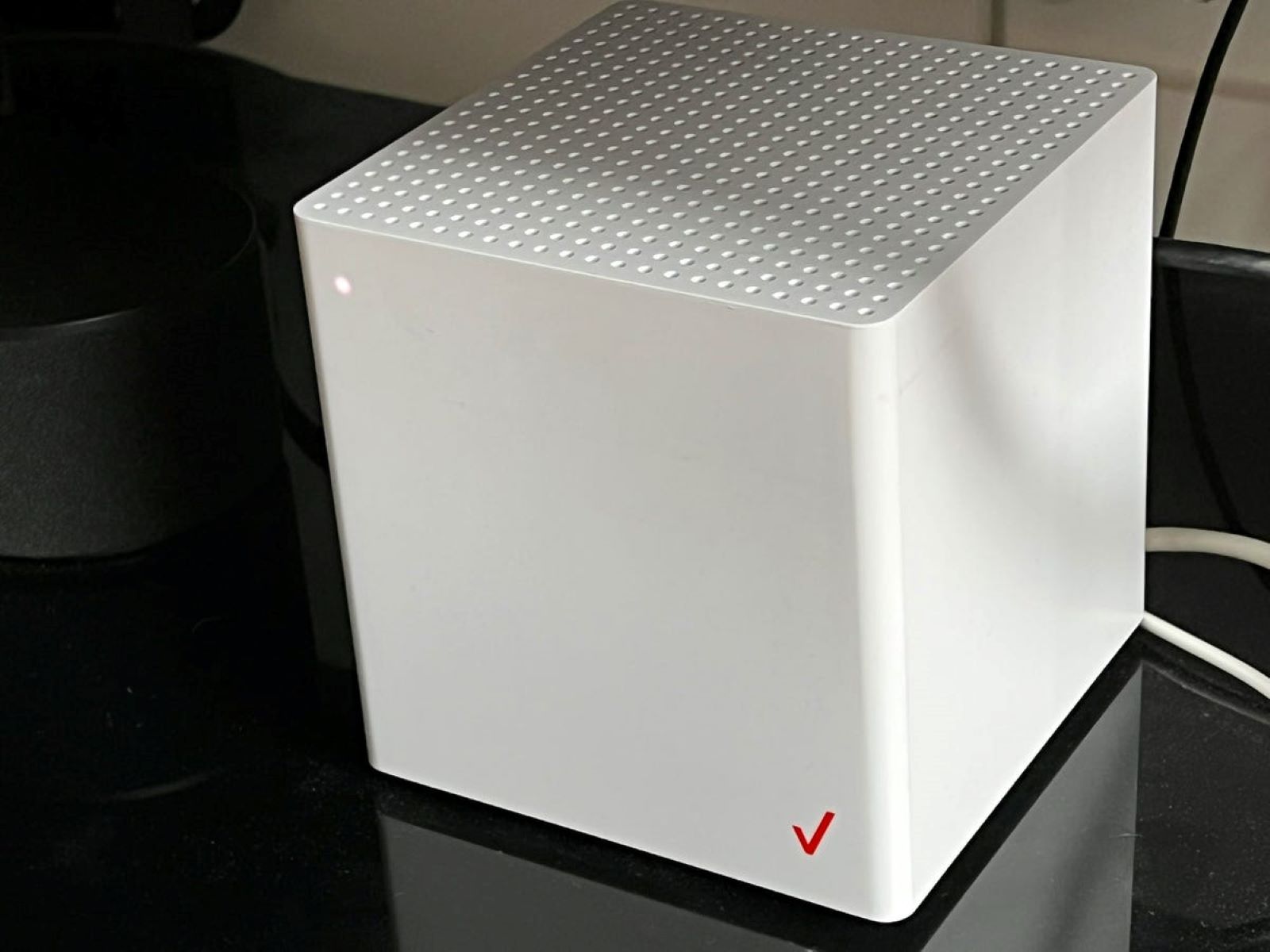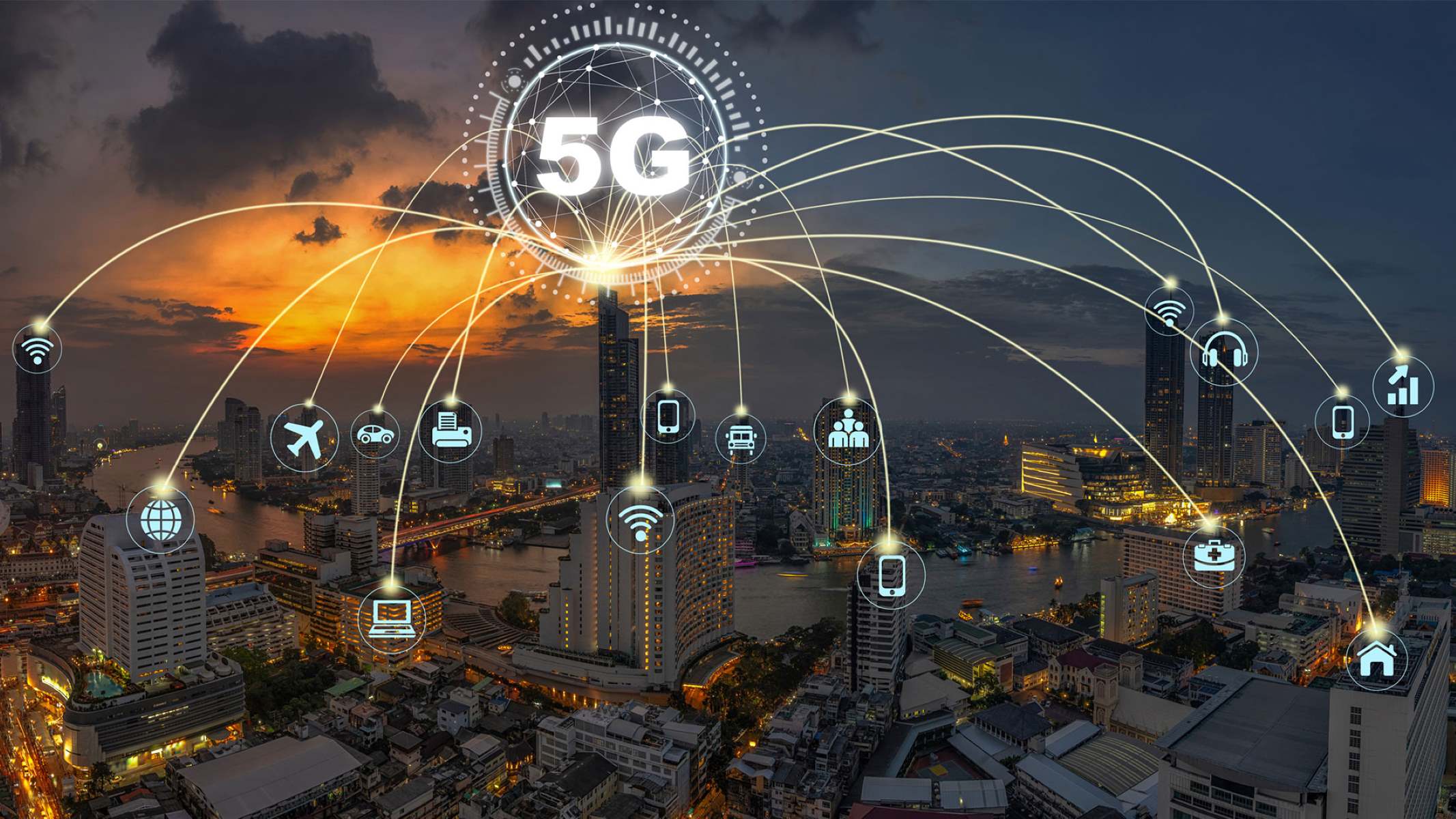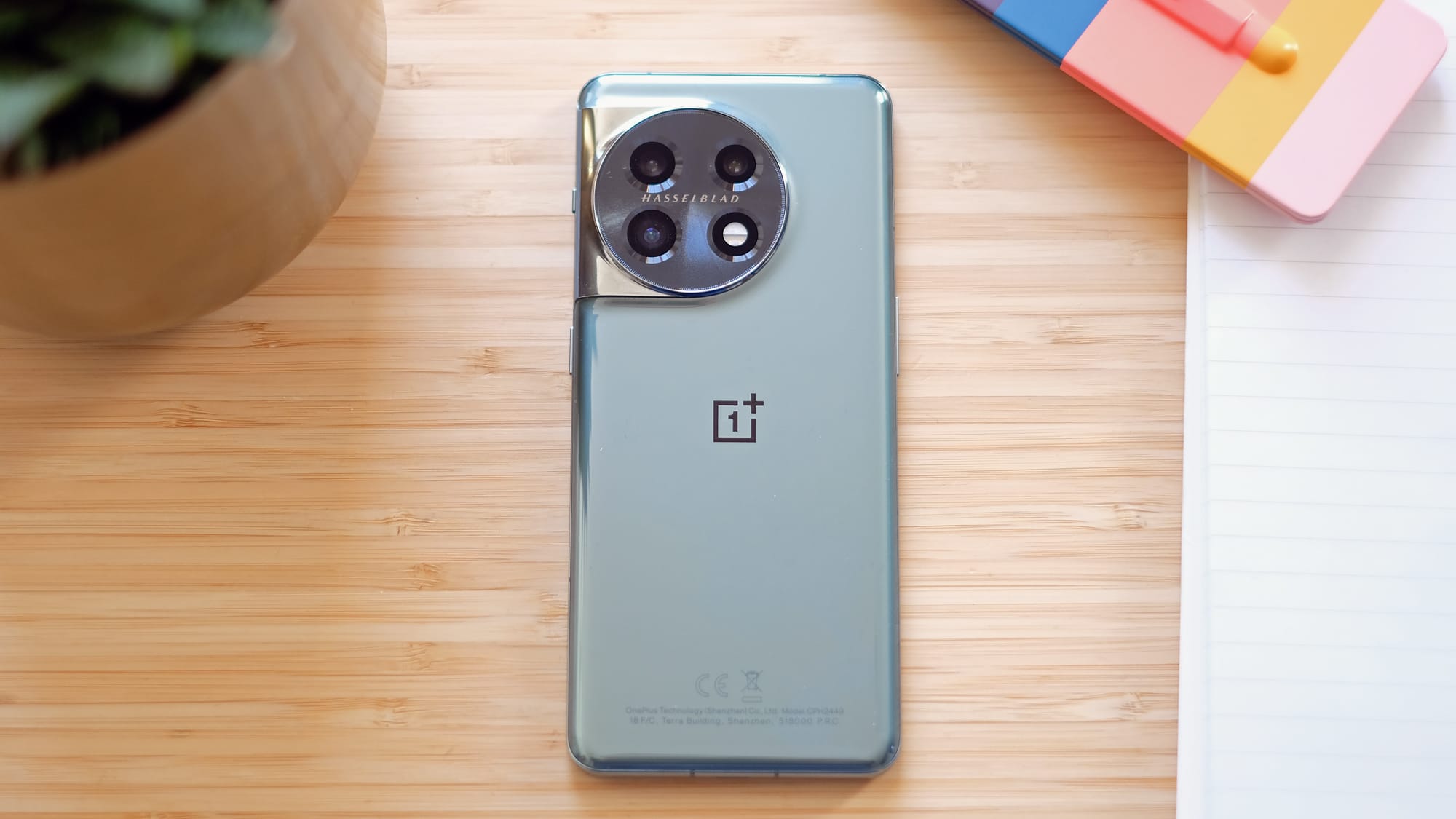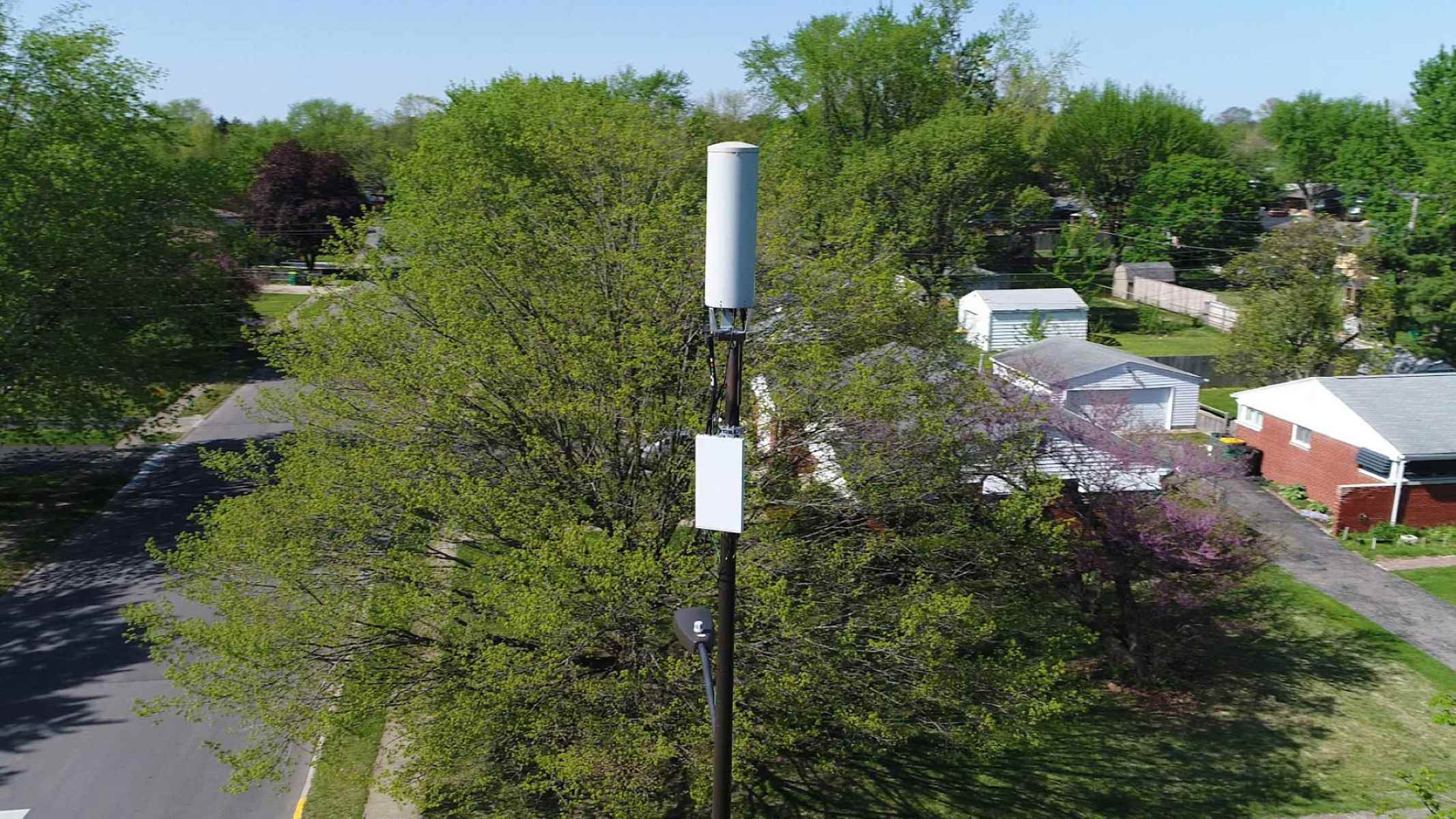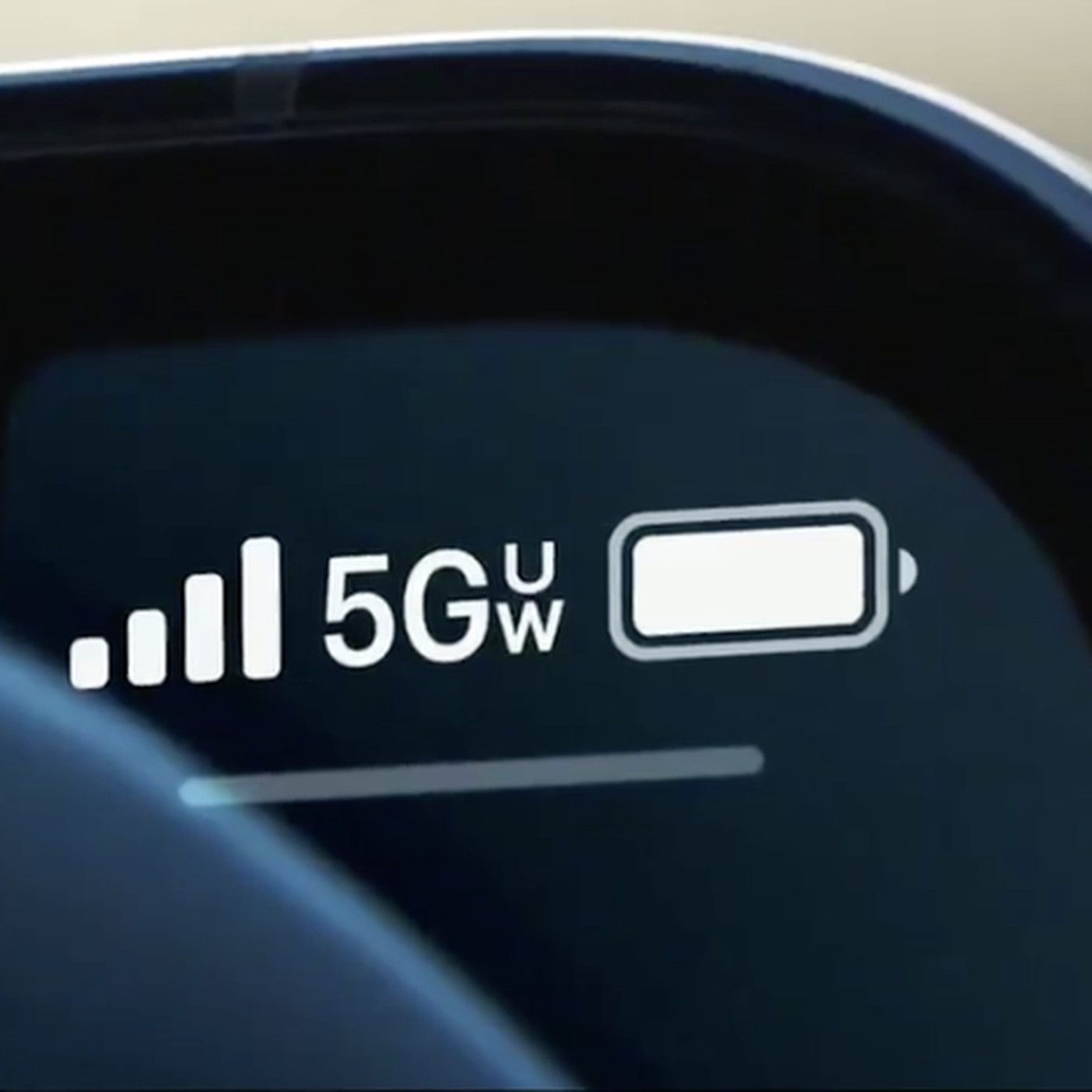Introduction
Welcome to the exciting world of 5G! As the latest generation of wireless technology, 5G promises unparalleled speed, connectivity, and possibilities. But have you ever wondered what frequencies 5G uses to transmit data? In this article, we will explore the frequency bands utilized by 5G networks and the implications they have on communication.
With the ever-increasing demand for faster and more reliable mobile connectivity, 5G aims to revolutionize the way we communicate and interact with our devices. It boasts lightning-fast download and upload speeds, lower latency, and the ability to connect millions of devices simultaneously. To achieve these remarkable capabilities, 5G utilizes various frequency bands, each with its own advantages and challenges.
Before we delve into the specific frequency bands used in 5G, it’s crucial to understand that 5G operates in two primary frequency ranges: Sub-6 GHz and millimeter wave (mmWave). These frequency ranges offer distinct characteristics that determine their suitability for different scenarios and use cases.
Frequency Bands for 5G
5G technology utilizes a range of frequency bands to deliver its high-speed and low-latency capabilities. These frequency bands can be broadly categorized into two main types: sub-6 GHz bands and millimeter wave (mmWave) bands.
The sub-6 GHz bands refer to frequencies below 6 GHz and are further divided into two frequency ranges: Frequency Range 1 (FR1) and Frequency Range 2 (FR2).
Frequency Range 1 (FR1) includes bands between 450 MHz and 6 GHz. These bands provide wide coverage and excellent penetration through obstacles such as buildings, making them suitable for delivering 5G services in urban areas and indoor environments. Sub-6 GHz bands offer higher bandwidth and improved network capacity compared to previous generations of wireless technology.
Frequency Range 2 (FR2), on the other hand, encompasses the mmWave bands, which operate at frequencies above 24 GHz. The mmWave bands offer immense bandwidth and ultra-high data transfer rates, but they have limited coverage and are easily obstructed by buildings and other obstacles. As a result, they are primarily deployed in densely populated areas and for specific use cases that require massive capacity, such as stadiums, campuses, and industrial facilities.
While the sub-6 GHz bands provide widespread coverage, the mmWave bands offer exceptional speed and capacity. To fully leverage the advantages of both, some countries and operators are adopting a hybrid approach by deploying 5G networks that utilize a combination of sub-6 GHz and mmWave bands.
It’s important to note that the frequency bands used for 5G deployment vary across different regions and countries. Regulatory bodies, such as the Federal Communications Commission (FCC) in the United States, allocate and assign specific frequency bands to ensure efficient and interference-free operation of 5G networks.
In the next sections, we will explore the sub-6 GHz bands and mmWave bands in more detail, examining their advantages, challenges, and applications in the 5G landscape.
Sub-6 GHz Bands
The sub-6 GHz bands are an essential component of 5G deployment, offering wide coverage and reliable performance. These frequencies, falling below 6 GHz, are divided into various subbands within Frequency Range 1 (FR1).
One of the advantages of sub-6 GHz bands is their ability to penetrate obstacles such as buildings and walls more effectively compared to higher frequency bands. This makes them particularly suitable for delivering 5G services in urban areas, where buildings and infrastructure can obstruct signals. Additionally, sub-6 GHz bands provide better coverage over larger areas, making them well-suited for suburban and rural deployments.
There are several subbands within the sub-6 GHz range, including the 600 MHz, 700 MHz, 850 MHz, 1.8 GHz, 2.1 GHz, and 3.5 GHz bands. Each subband has its own unique characteristics and suitability for different applications.
The low-band frequencies, such as the 600 MHz and 700 MHz bands, offer excellent coverage and wide-area service deployment. These bands are capable of reaching vast areas and providing reliable connectivity, making them ideal for delivering 5G services to rural communities and remote locations.
The mid-band frequencies, such as the 2.1 GHz and 3.5 GHz bands, strike a balance between coverage and capacity. These bands offer higher data transfer rates compared to low-band frequencies while still providing satisfactory coverage. Mid-band frequencies are crucial for delivering 5G services in urban areas, where both coverage and capacity are essential to support the high number of connected devices.
The allocation and availability of sub-6 GHz bands vary across different countries and regions. Regulatory bodies assign specific frequency ranges to ensure compatibility and interference-free operation of 5G networks. In some cases, countries repurpose existing spectrum or conduct spectrum auctions to allocate frequencies for 5G deployment.
Overall, the sub-6 GHz bands play a vital role in 5G networks, providing wide coverage, reliable performance, and the ability to penetrate obstacles. They form the foundation of 5G deployment, offering connectivity to a wide range of devices and delivering enhanced mobile experiences to users around the world.
Millimeter Wave (mmWave) Bands
The millimeter wave (mmWave) bands are a key component of 5G technology, offering incredible speed and massive capacity. These bands operate at frequencies above 24 GHz and are part of Frequency Range 2 (FR2).
One of the main advantages of mmWave bands is their enormous bandwidth, which allows for ultra-fast data transfer rates. This high bandwidth enables applications that require large amounts of data, such as high-definition video streaming, virtual reality, and augmented reality experiences.
However, mmWave bands have some unique challenges. Firstly, they have a limited coverage area compared to sub-6 GHz bands. The higher frequencies used in mmWave bands have difficulty penetrating obstacles, such as buildings and trees. As a result, mmWave signals are typically used for localized deployments in dense urban areas, stadiums, and specific use cases that require high capacity.
Another challenge of mmWave bands is their sensitivity to environmental conditions. Factors like rain, fog, and foliage can attenuate mmWave signals, reducing their range and coverage. This necessitates careful planning of mmWave deployments to account for potential signal blockages and interference.
Despite these challenges, mmWave bands offer unparalleled capacity and are instrumental in addressing the bandwidth demands of modern wireless networks. To overcome the coverage limitations, operators often deploy small cells equipped with mmWave technology, strategically positioning them to ensure efficient coverage in high-density areas.
A critical aspect of mmWave bands is spectrum availability. Regulatory authorities allocate specific frequency ranges within mmWave bands, ensuring harmonized operation and interference-free communication. Countries around the world are actively making spectrum available for mmWave deployment, as it is a crucial component of unlocking the full potential of 5G technology.
The use of mmWave bands in 5G networks opens up exciting possibilities for ultra-high-speed applications and advanced use cases. From enabling seamless 4K video streaming to supporting the Internet of Things (IoT) and smart cities, mmWave technology will drive innovation and transform the way we interact with our devices in the future.
Mid-Band Spectrum
The mid-band spectrum occupies a critical position in the 5G frequency landscape, offering a balance between coverage and capacity. Spanning the sub-6 GHz range, the mid-band spectrum is a key component of Frequency Range 1 (FR1).
Mid-band frequencies, such as the 2.1 GHz and 3.5 GHz bands, offer a compromise between coverage and data transfer rates. These frequencies provide faster speeds compared to low-band frequencies while still maintaining a reasonable coverage area. As a result, mid-band spectrum is well-suited for delivering 5G services in urban areas and other environments where a balance between coverage and capacity is crucial.
One of the significant advantages of the mid-band spectrum is its ability to support a high number of connected devices. With the proliferation of IoT devices and the increasing demand for smart city solutions, the mid-band spectrum plays a vital role in driving connectivity and enabling a wide range of applications.
For example, smart transportation systems, smart grids, and industrial automation heavily rely on the mid-band spectrum to support real-time communication between devices and ensure seamless operations. These use cases require both reliable coverage and sufficient capacity, making the mid-band spectrum an ideal choice.
In addition, the mid-band spectrum provides compatibility with existing LTE networks, allowing for smooth and efficient migration to 5G technology. This compatibility enables network operators to leverage their existing infrastructure and resources, reducing the cost and complexity of deploying 5G networks.
However, the availability of mid-band spectrum can vary from one region to another. Regulatory bodies allocate specific frequency ranges within the sub-6 GHz band, ensuring efficient management of spectrum resources and minimizing interference. Spectrum auctions and repurposing of existing frequencies are common methods used to allocate mid-band spectrum for 5G deployment.
Overall, the mid-band spectrum plays a crucial role in the evolution of 5G networks, offering a harmonious balance between coverage and capacity. With its ability to support a broad range of applications and compatibility with existing networks, the mid-band spectrum is a critical enabler of the 5G revolution.
Frequency Range 1 (FR1)
Frequency Range 1 (FR1) is a key component of 5G networks, encompassing the sub-6 GHz frequency bands. This range offers a wide coverage area and forms the foundation of 5G deployment, providing enhanced connectivity and improved network performance.
FR1 includes various frequency bands, such as the 600 MHz, 700 MHz, 850 MHz, 1.8 GHz, 2.1 GHz, and 3.5 GHz bands. Each band within FR1 has its unique characteristics and suitability for different use cases.
One of the primary advantages of FR1 is its ability to penetrate obstacles, such as buildings and walls, more effectively compared to higher frequency bands. This makes FR1 bands ideal for delivering 5G services in urban areas and indoor environments, where signal penetration is crucial for seamless connectivity.
The low-band frequencies, including the 600 MHz and 700 MHz bands, offer excellent coverage and reach. These bands can cover vast areas and provide reliable connectivity, making them suitable for providing 5G services in rural and remote locations.
The mid-band frequencies, such as the 2.1 GHz and 3.5 GHz bands, strike a balance between coverage and capacity. They offer higher data transfer rates compared to low-band frequencies while still providing satisfactory coverage. Mid-band frequencies are essential for delivering 5G services in urban areas, where both coverage and capacity are crucial for supporting the high number of connected devices.
Moreover, FR1 bands offer improved network capacity and greater bandwidth compared to previous generations of wireless technology. This increased capacity allows for more simultaneous connections, faster data transfer speeds, and a better overall user experience.
The allocation and availability of FR1 bands can vary across different countries and regions. Regulatory bodies assign specific frequency ranges within the sub-6 GHz spectrum to ensure efficient operation and prevent interference between different wireless networks.
As the foundation of 5G deployment, FR1 bands provide enhanced coverage, improved connectivity, and increased network capacity. They are essential for delivering a wide range of applications and services, supporting the ever-growing demand for fast and reliable mobile connectivity in today’s digital world.
Frequency Range 2 (FR2)
Frequency Range 2 (FR2) is a vital component of 5G technology, encompassing the millimeter wave (mmWave) frequency bands. FR2 bands operate at frequencies above 24 GHz and provide immense bandwidth and ultra-high data transfer rates, unlocking unprecedented speed and capacity for 5G networks.
FR2 bands offer several advantages, including massive capacity and low latency. The high-frequency mmWave bands provide significantly wider bandwidth compared to the sub-6 GHz bands, enabling seamless streaming of high-definition videos, immersive virtual reality experiences, and real-time gaming.
However, FR2 bands also present some challenges. One of the main challenges is limited coverage area. The higher frequencies used in mmWave bands have difficulty penetrating obstacles like buildings and trees, resulting in a shorter range. As a result, mmWave signals are typically used for localized deployments in dense urban areas, stadiums, and specific high-capacity use cases.
Despite the coverage limitations, FR2 bands offer unparalleled capacity and are capable of supporting a massive number of connected devices simultaneously. This makes them ideal for scenarios that require high-density connectivity, such as crowded events, smart city deployments, and industrial IoT applications.
Another aspect to consider with FR2 bands is their sensitivity to environmental conditions. Factors like rain, fog, and foliage can attenuate mmWave signals, reducing their range and coverage. Careful planning and site optimization are necessary to ensure reliable and stable mmWave deployments.
The availability of FR2 bands varies across different countries and regions. Regulatory bodies assign specific frequency ranges within the mmWave spectrum to ensure harmonized operation and avoid interference. Spectrum auctions and repurposing of existing frequencies are common methods used to allocate mmWave spectrum for 5G deployment.
Despite the challenges, FR2 bands offer incredible speed and capacity, driving the advancement of high-bandwidth applications and use cases. From enabling real-time augmented reality experiences to supporting advanced IoT solutions, FR2 bands are poised to revolutionize the way we interact with technology and unlock the full potential of 5G networks.
5G Deployment Challenges
While 5G technology holds immense promise, its deployment comes with its fair share of challenges. These challenges can vary depending on factors such as infrastructure, spectrum availability, and regulatory frameworks. In this section, we will explore some of the key challenges associated with the deployment of 5G networks.
One major challenge is the need for extensive infrastructure upgrades. 5G networks require a dense network of small cells and base stations to effectively deliver high-speed connectivity. This can be a costly and time-consuming process, as the installation of these small cells requires careful planning, permitting, and negotiations with local authorities.
Another challenge is spectrum availability. 5G requires a significant amount of spectrum to operate efficiently and deliver the promised speeds and capacity. However, spectrum availability can often be limited, with competing demands from various industries and service providers. Governments and regulatory bodies are working to allocate and harmonize spectrum resources to meet the needs of 5G deployment.
Furthermore, the deployment of 5G networks faces challenges related to signal propagation. Higher frequency bands, such as the mmWave bands, have limited coverage due to their reduced ability to penetrate obstacles. This necessitates the deployment of more small cells to compensate for the shorter range, resulting in increased infrastructure requirements.
Additionally, there are challenges related to existing infrastructure compatibility. While 5G is designed to be backward compatible with previous generations of wireless technology, seamless integration with existing networks can still pose challenges. Network operators need to ensure smooth migration and coordination between different generations of technology to provide uninterrupted services.
Moreover, security and privacy concerns are a vital aspect of 5G deployment. As the number of connected devices increases, so does the potential for security breaches and data vulnerabilities. Ensuring robust security measures and protocols is crucial to maintain trust in the integrity and privacy of 5G networks.
Lastly, there are challenges related to public perception and acceptance. Some individuals and communities may have concerns about the health effects of increased radiofrequency exposure. Effective communication and education about the safety of 5G technology are essential to address these concerns and foster public acceptance.
Overcoming these challenges requires collaboration among stakeholders, including network operators, governments, regulatory bodies, and technology providers. By addressing infrastructure needs, spectrum availability, security concerns, and public perception, the deployment of 5G networks can be successfully navigated, unlocking the immense potential of this transformative technology.
Conclusion
5G technology is set to revolutionize the way we communicate and interact with our devices. With its promise of incredible speed, low latency, and massive connectivity, 5G holds the potential to transform industries, enhance user experiences, and drive innovation.
In this article, we explored the frequency bands used in 5G networks. We discussed the sub-6 GHz bands, which offer wide coverage and reliable performance, making them ideal for urban and rural deployments. We also examined the millimeter wave (mmWave) bands, which provide unparalleled speed and capacity but have limited coverage and require careful planning.
Additionally, we delved into the mid-band spectrum, which strikes a balance between coverage and capacity, playing a crucial role in supporting a wide range of applications. We also discussed the challenges associated with the deployment of 5G networks, including infrastructure upgrades, spectrum availability, signal propagation, security concerns, and public perception.
Despite these challenges, the deployment of 5G networks continues to progress around the world. Governments, regulatory bodies, and network operators are working together to overcome these obstacles and ensure the successful implementation of 5G technology.
As 5G networks become more widespread, we can expect advancements in areas such as smart cities, autonomous vehicles, remote healthcare, and augmented reality. The transformative power of 5G will unlock new opportunities, fuel economic growth, and improve the quality of life for individuals and communities.
In conclusion, 5G technology and its frequency bands offer tremendous potential for connectivity, speed, and innovation. With ongoing advancements and collaborative efforts, the future of 5G looks promising, paving the way for a more connected and digitally driven world.









